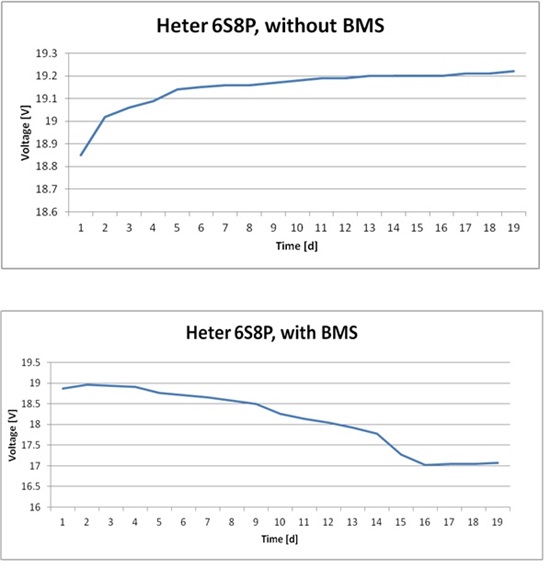Hi,
Would like to understand the potential root cause for the voltage leakage.
There is no known loading effect and there is no short found as well.
On top of that, the cell balancing feature is also not being enabled and test has been conducted with 2 new batteries and the result is still the same.
The nominal capacity for this battery is 12 Ah, Li-Ion pack.
Below is the waveform captured with and without the BMS.
Regards,
RVG

